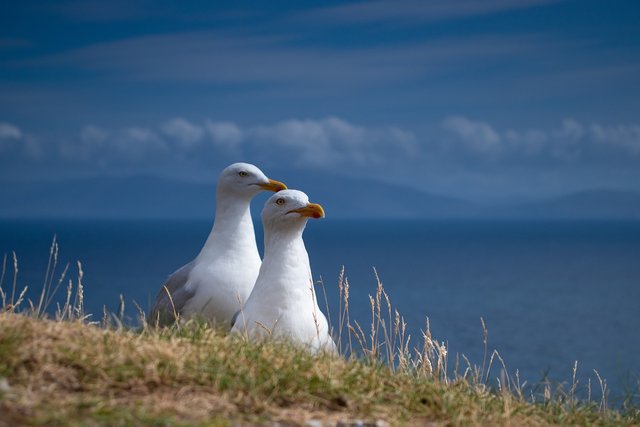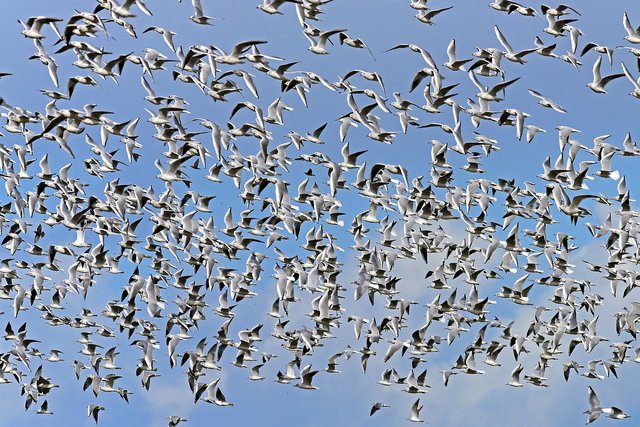Do you know where the Seagull came from?
Hello all Steemian friends, hope you all have a nice day. Today I want to discuss the origins of the seagull, I hope you like it...

Gulls or Larus are a group of seabirds that are famous for their ability to adapt to coastal and ocean environments. The origins of seagulls can be traced to their evolutionary history and adaptation to the marine environment.
Evolutionarily, seagulls belong to the Laridae family, which is part of the Charadriiformes order. This order includes many types of seabirds, including gulls, swallows, and other passerine birds. Most members of the Laridae family are widespread throughout the world, occupying a variety of habitats from coastal areas to the open ocean.
Seagulls have physical adaptations typical for marine life, such as long wings that make it easier for them to fly above the water surface, short but strong legs for walking and landing on beaches, and strong beaks for catching fish and other small animals. They also have good swimming abilities and are often seen diving for food in the deep sea.

The origins of seagulls can be traced from ancient fossils which show that this group has existed for millions of years. It is estimated that the evolution of gulls began with a common ancestor with other seabirds in the Mesozoic era, around 100 million years ago. Over the centuries, seagulls have continued to evolve according to environmental changes and competition with other species, resulting in the various species and subspecies we know today.
Ecologically, seagulls play an important role in marine ecosystems. They help control populations of small marine animals such as small fish and crustaceans, as well as serve as prey for other marine predators. Their interactions with humans are also significant, whether as objects of scientific study, tourist attractions, or as symbols of freedom and coastal beauty.
Culturally, seagulls are often considered a symbol of freedom and seafaring. They are often found in the mythology and fine arts of various cultures, illustrating their long relationship with humans. With large populations and widespread distribution throughout the world, gulls continue to be an important part of global marine ecology and human cultural heritage.
Thank you, Regards @teukurizky
